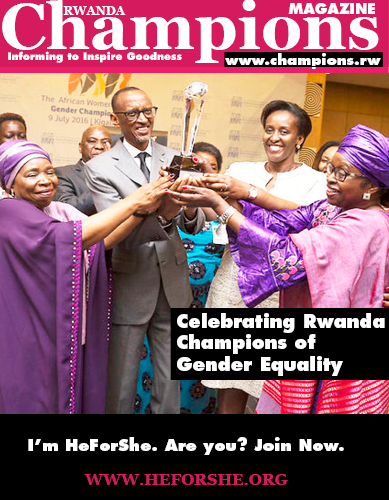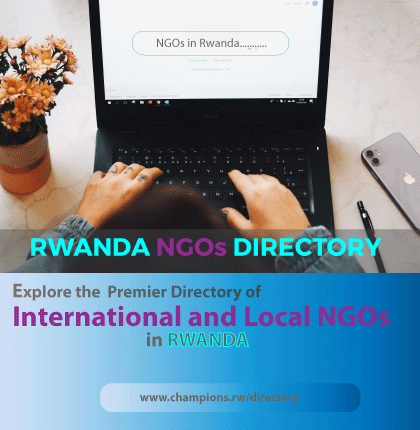Supporting young women entrepreneurs builds stronger families, communities, and economies
Every October 11, the world marks the International Day of the Girl Child, a moment to reflect on the opportunities (…)

Rwanda’s education system has seen steady growth over the past decade, with government efforts focused on expanding access, improving quality, and strengthening foundational skills, according to the Ministry of Education’s latest statistical report.
The Education Statistical Yearbook 2014–2023/2024 shows significant increases in school enrollment, infrastructure, and investment in science and technology education.
The government’s policy emphasizes early childhood education, national values, literacy and numeracy, and life skills, alongside a major push to promote science, technology, engineering and mathematics (STEM) subjects.
In 2014, Rwanda had 2,076 pre-primary schools serving 159,291 children, 2,650 primary schools with 2.4 million pupils, and 1,502 secondary schools with 565,312 students. Vocational training centers (VTCs) numbered 132, enrolling over 21,500 students.
At the time, Rwanda’s population stood at just over 11 million, with nearly one-third (31.2%) of citizens engaged in education either as students or educators, according to the National Institute of Statistics of Rwanda (NISR).
By the 2023/2024 academic year, government schools grew to 1,569, semi-government schools to 2,077, and private schools to 1,340. Student enrollment reached 2.4 million in semi-government schools, 1.8 million in government schools, and nearly 475,000 in private schools.
Rose Baguma, head of education policy at the Ministry of Education, said the student-teacher ratio in government primary schools rose from 57 students per trained teacher in 2021/2022 to 65 in 2023/2024. In secondary schools, it increased from 33 to 36 over the same period.
To ease financial barriers, the government introduced a 50% tuition subsidy in 2020. Since 2021, it has supported 47,845 students and awarded 1,447 university scholarships to teachers. An additional 300 teachers have been selected for support in the upcoming academic year.
Under Rwanda’s National Strategy for Transformation (NST2), the country aims to raise pre-primary enrollment from 35% to 65% by 2029, recognizing early learning as a foundation for long-term academic success.
The government also plans to train 1 million people in basic digital literacy and 500,000 in advanced ICT skills over the next five years.
In addition, new centers of excellence in Technical and Vocational Education and Training (TVET) will be established to equip learners with labor market–oriented skills.
Officials say these efforts are key to building a knowledge-driven economy and preparing Rwandan youth for future opportunities.
Every October 11, the world marks the International Day of the Girl Child, a moment to reflect on the opportunities (…)
The Imbuto Foundation officially inaugurated the Masaka Model Early Childhood and Family Centre on Thursday, October (…)
In recent days, we shared a special message about couples. Today, I return to reflect on another extraordinary (…)
Stunting among children under five in Huye District has dropped from 19% to 15%, thanks to the community-focused (…)

